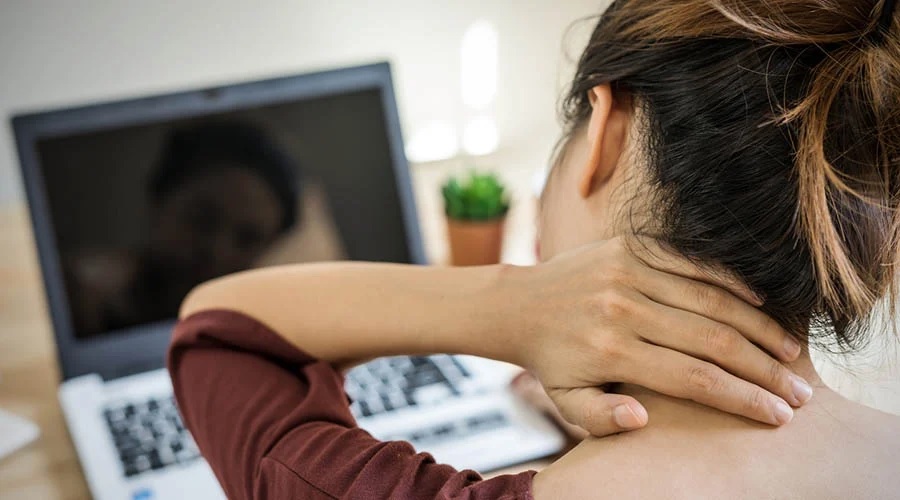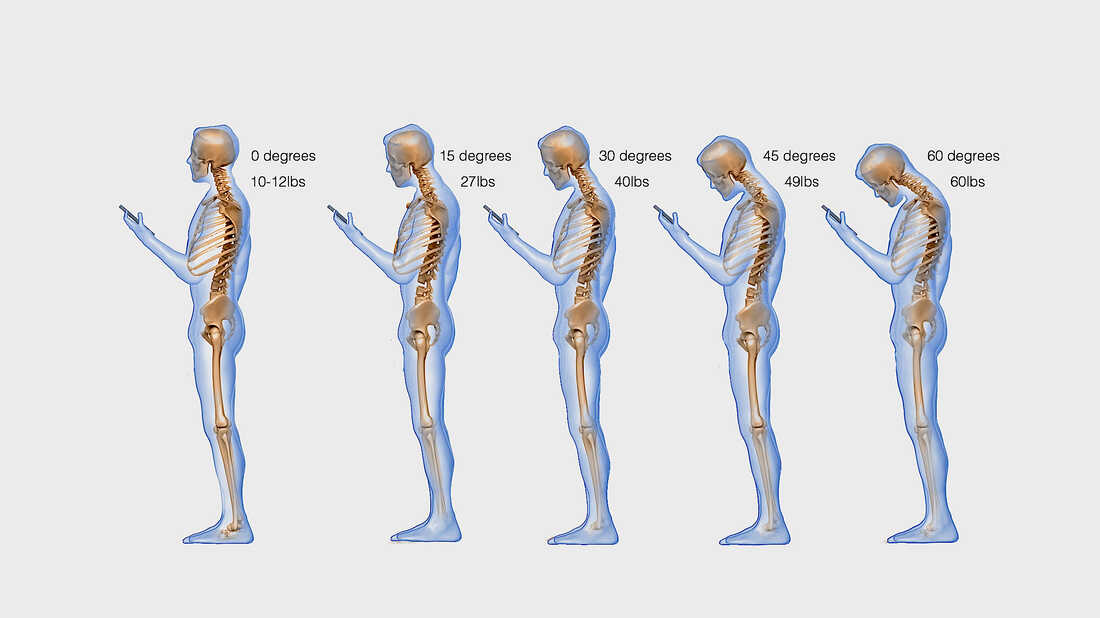Scar tissue is the body’s remarkable way of healing itself after an injury, surgery, or even acne. It’s a dense patch of collagen fibers, the building block of skin, that fills in the wound and bridges the gap. Think of it as a strong, but slightly irregular, patch on your favorite jeans. It gets the job done, but it’s not quite the same as the original material.
Normally, this collagen is meticulously organized in a crisscross pattern, allowing for flexibility and strength. However, sometimes this organization goes awry. When scar tissue becomes disorganized, it can lead to problems.
Imagine that patch on your jeans turned stiff and inflexible. That’s what happens with disorganized scar tissue. It can restrict movement, especially in joints, causing pain and tightness. In severe cases, it can even pull surrounding tissues, leading to contractures – a permanent shortening of muscles or tendons.
Disorganized scar tissue can also be aesthetically displeasing. Keloids and hypertrophic scars are raised, red, and often itchy. While they’re not harmful, they can cause self-consciousness.
Thankfully, there are treatments available to help manage disorganized scar tissue. Many of these focus on the “outside” of you so the scar is not so apparent. What happens when it is inside the body affecting the movement of joints and ability of your tissues to easily slide over top of each other?
FIH has technology that allows us to painlessly reduce scar tissue both on the surface of the skin, and deep in the tissues. Utilizing the cold laser on “scar tissue frequencies” we can target the disorganized scar and help it reorganize. This is done while the myofascial percussor is  applied to the area and the opposite hand “unwinds” the scar. This is not painful and almost relaxing as most patients will say they feel like they have done yoga or a meditation after the treatment. If they palpate their scar, they immediately feel more mobility/softening in the tissue.
applied to the area and the opposite hand “unwinds” the scar. This is not painful and almost relaxing as most patients will say they feel like they have done yoga or a meditation after the treatment. If they palpate their scar, they immediately feel more mobility/softening in the tissue.


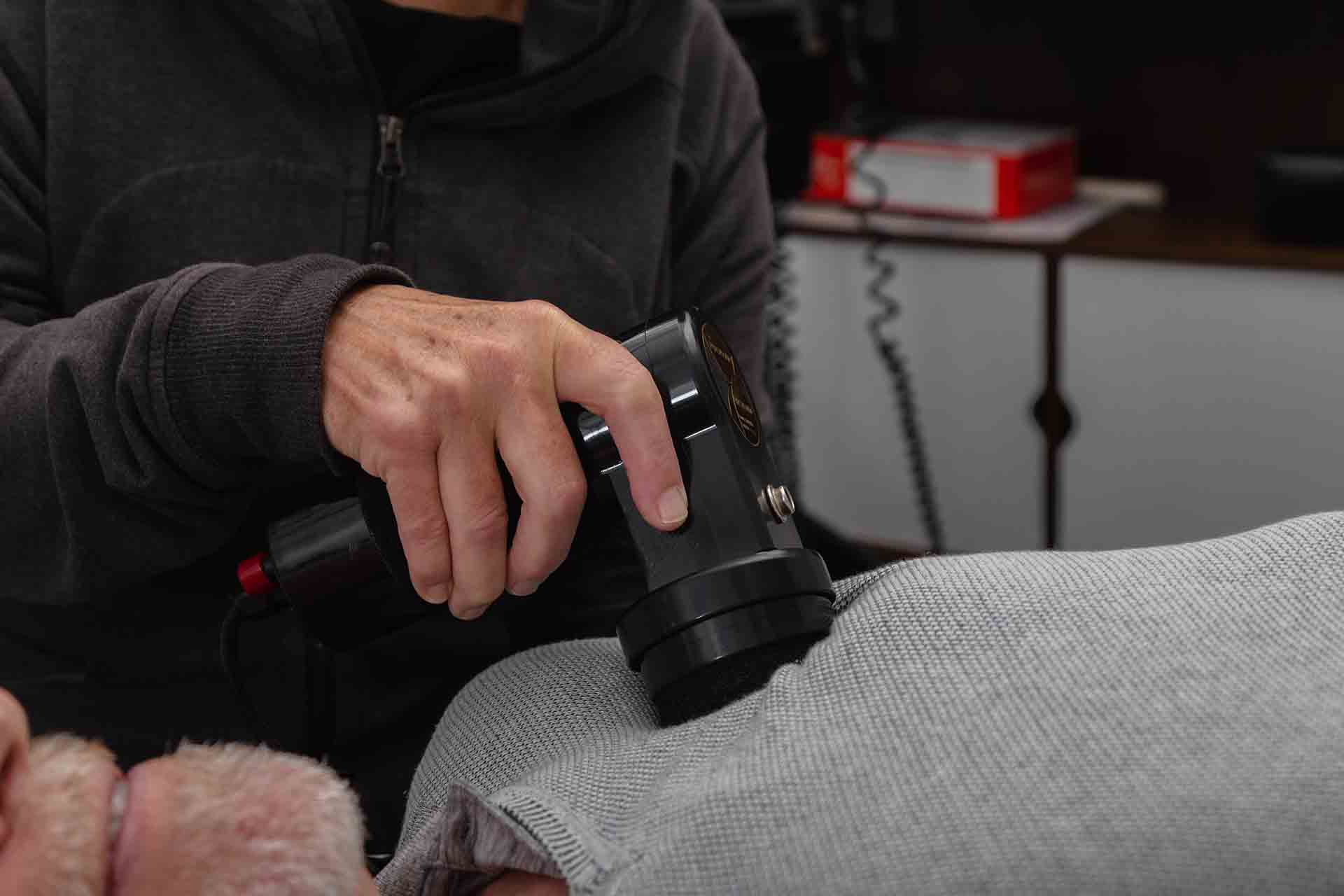

 y.
y.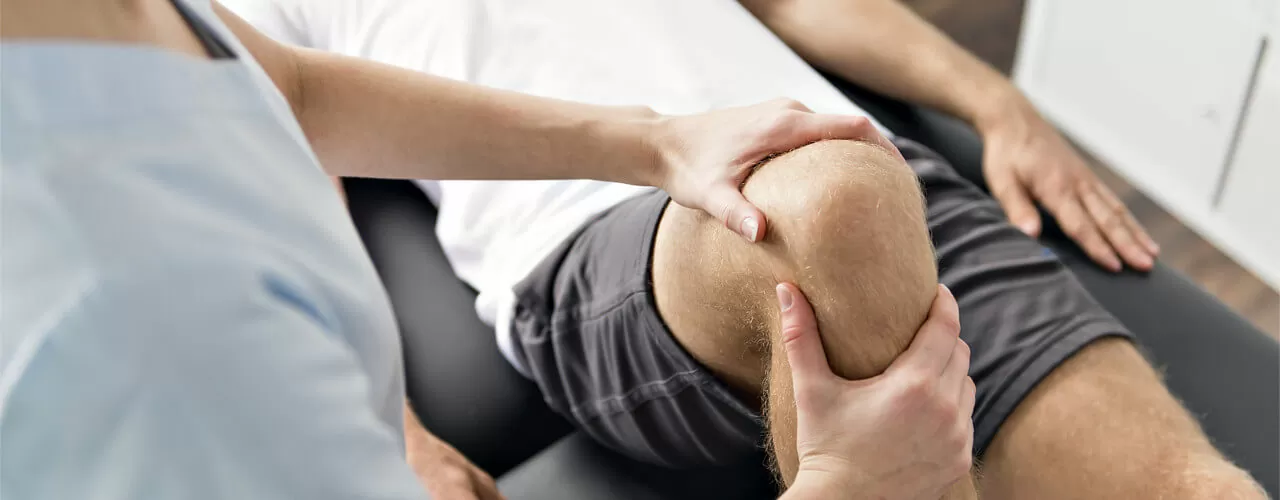
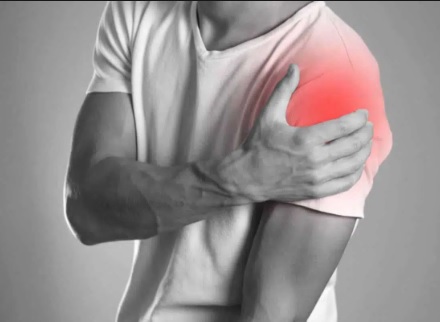
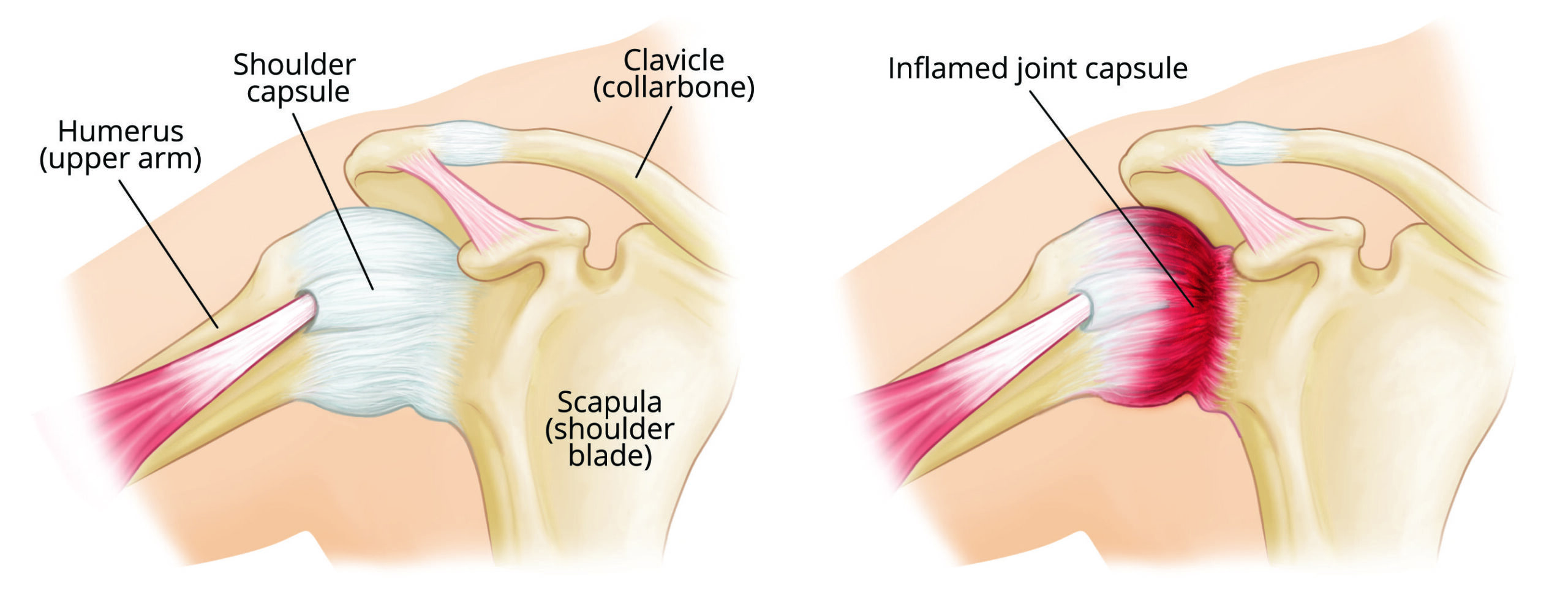 function, active therapy (proper rehab) and overall body mechanics to identify and correct imbalances that may contribute to frozen shoulder symptoms.
function, active therapy (proper rehab) and overall body mechanics to identify and correct imbalances that may contribute to frozen shoulder symptoms.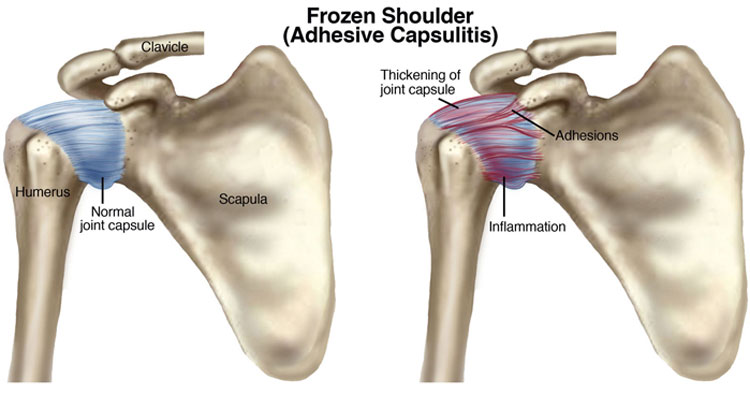
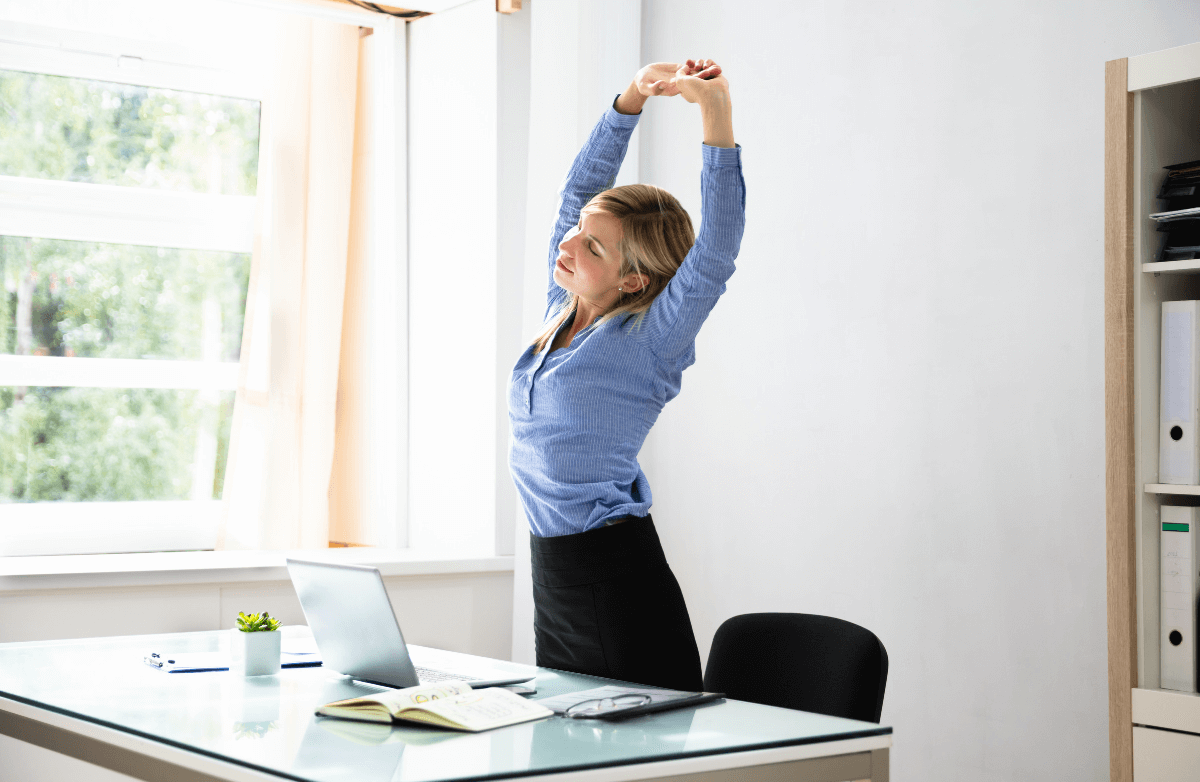

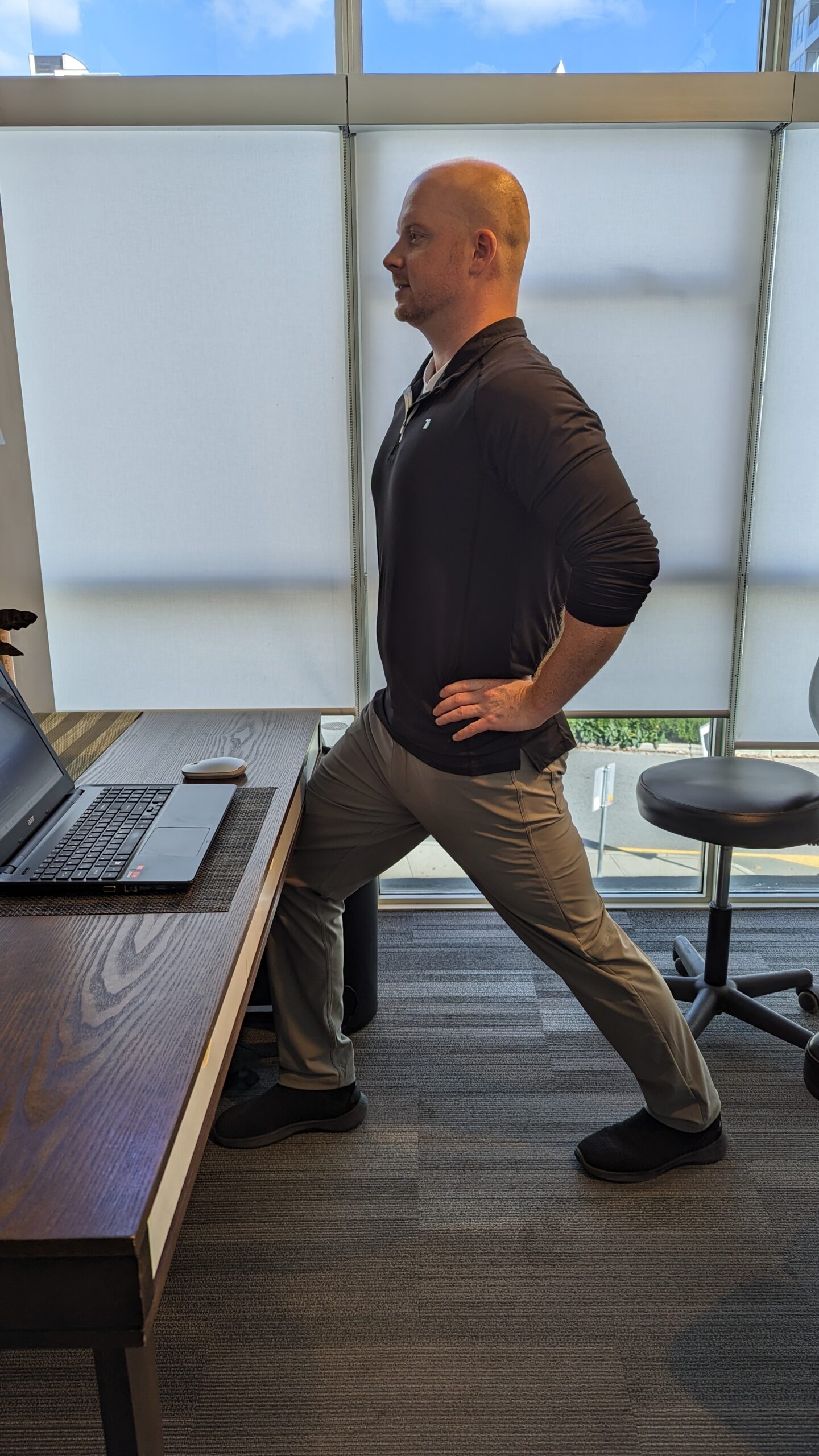

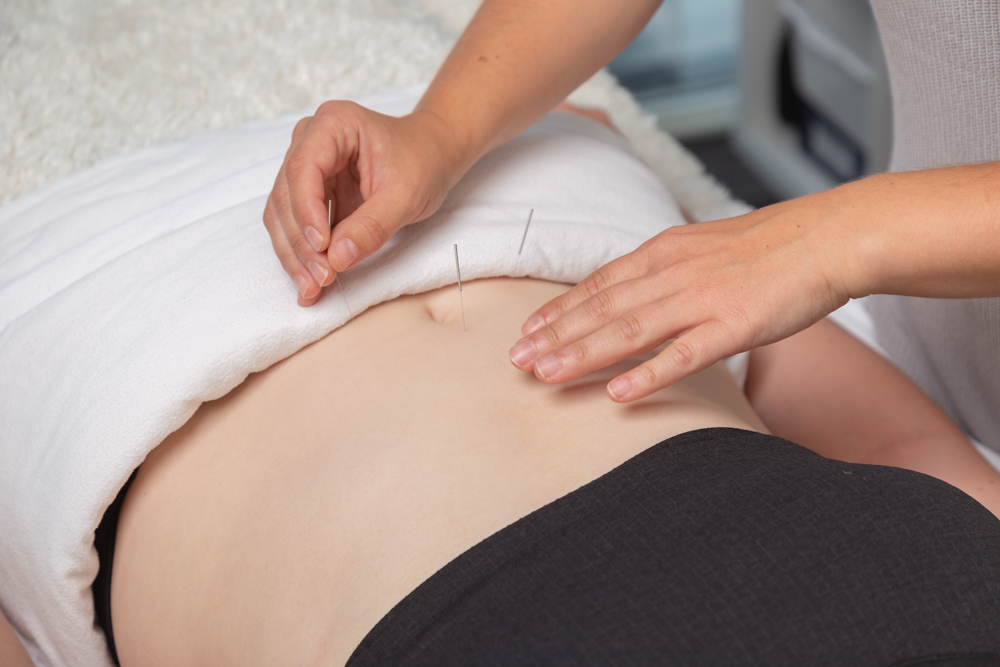
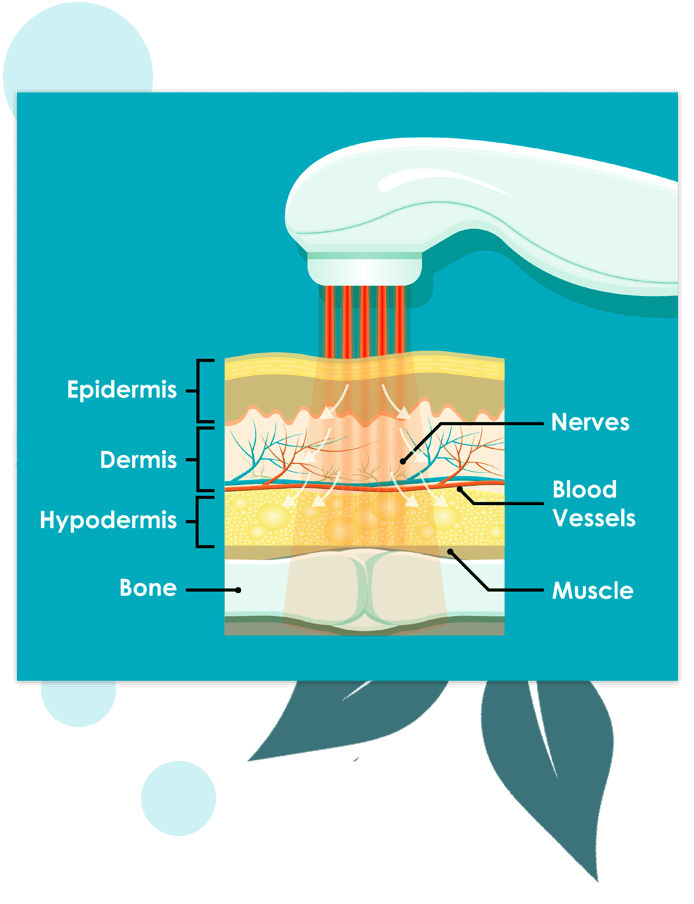
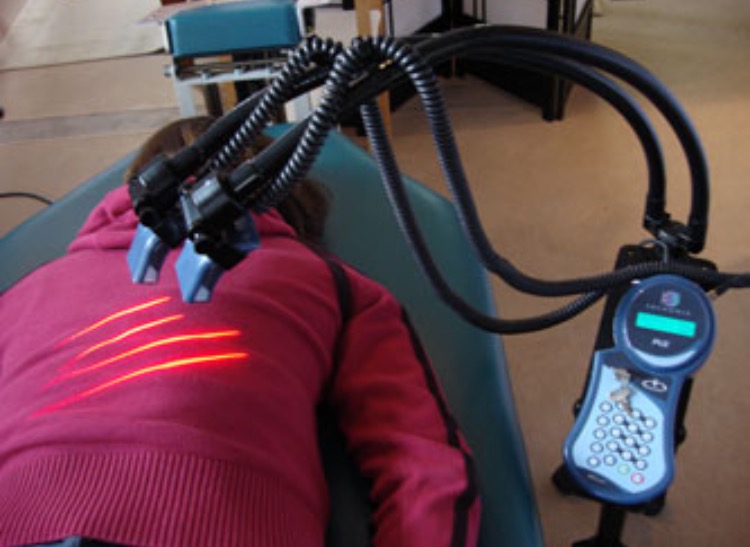 table, but when combined, they can create a powerful synergy to address a wide range of musculoskeletal issues. Let’s explore the fascinating world of cold laser therapy and chiropractic care and how their combined use can enhance overall well-being.
table, but when combined, they can create a powerful synergy to address a wide range of musculoskeletal issues. Let’s explore the fascinating world of cold laser therapy and chiropractic care and how their combined use can enhance overall well-being.
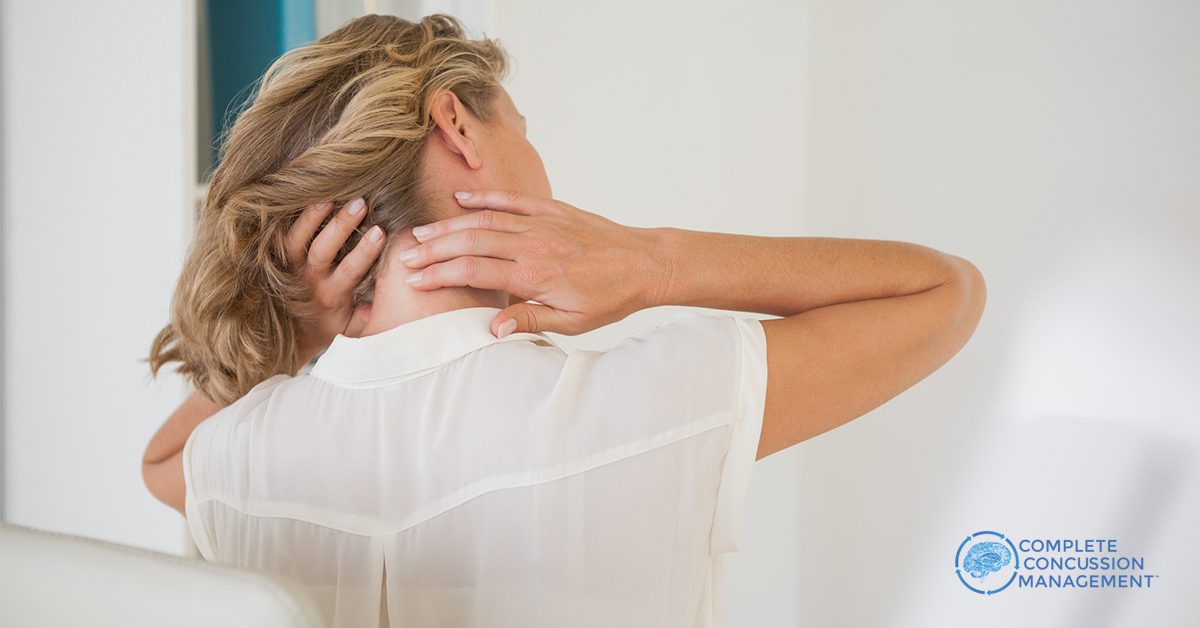 involved. Making sure you’re getting the right treatments for your neck and rehab for that area will reduce a lot of the symptoms. Cranial therapy is also a very affective way to reduce pressure and headache symptoms.
involved. Making sure you’re getting the right treatments for your neck and rehab for that area will reduce a lot of the symptoms. Cranial therapy is also a very affective way to reduce pressure and headache symptoms.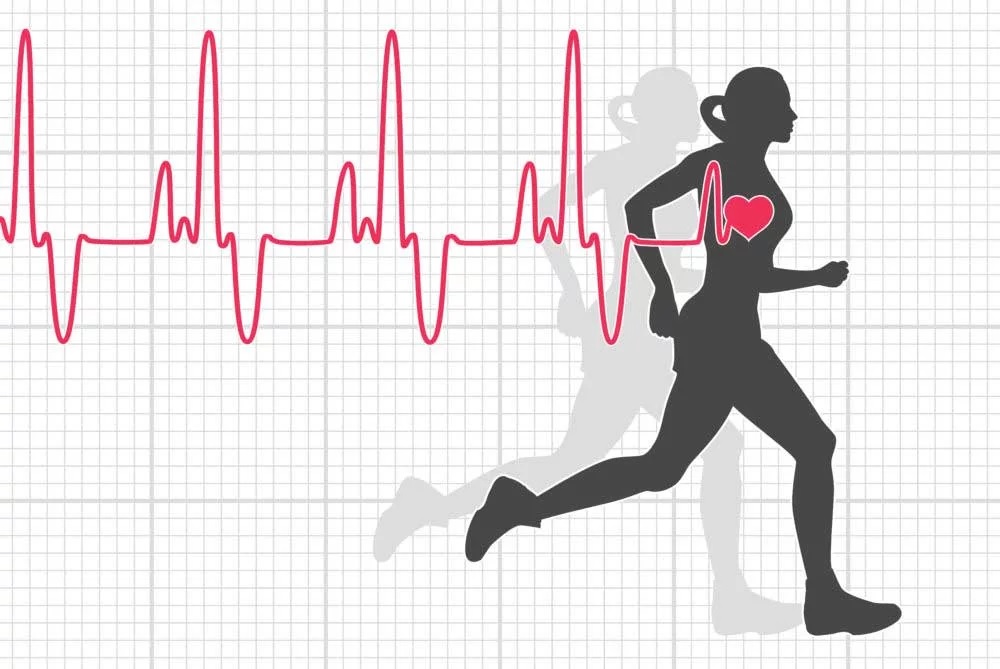 then a treadmill cardio test is performed at a walking pace with a gradual increase in incline to slowly bring your heart rate up. This is done to find the heart level where symptoms start increasing. Once this is determined, an exercise/cardio program can be designed with that in mind and re tested as needed.
then a treadmill cardio test is performed at a walking pace with a gradual increase in incline to slowly bring your heart rate up. This is done to find the heart level where symptoms start increasing. Once this is determined, an exercise/cardio program can be designed with that in mind and re tested as needed.
